K-Line Bevo and Manchester Reviews
Either offers a trenchant take on classic club-sized combos of yore, and both will likely win over many happy players
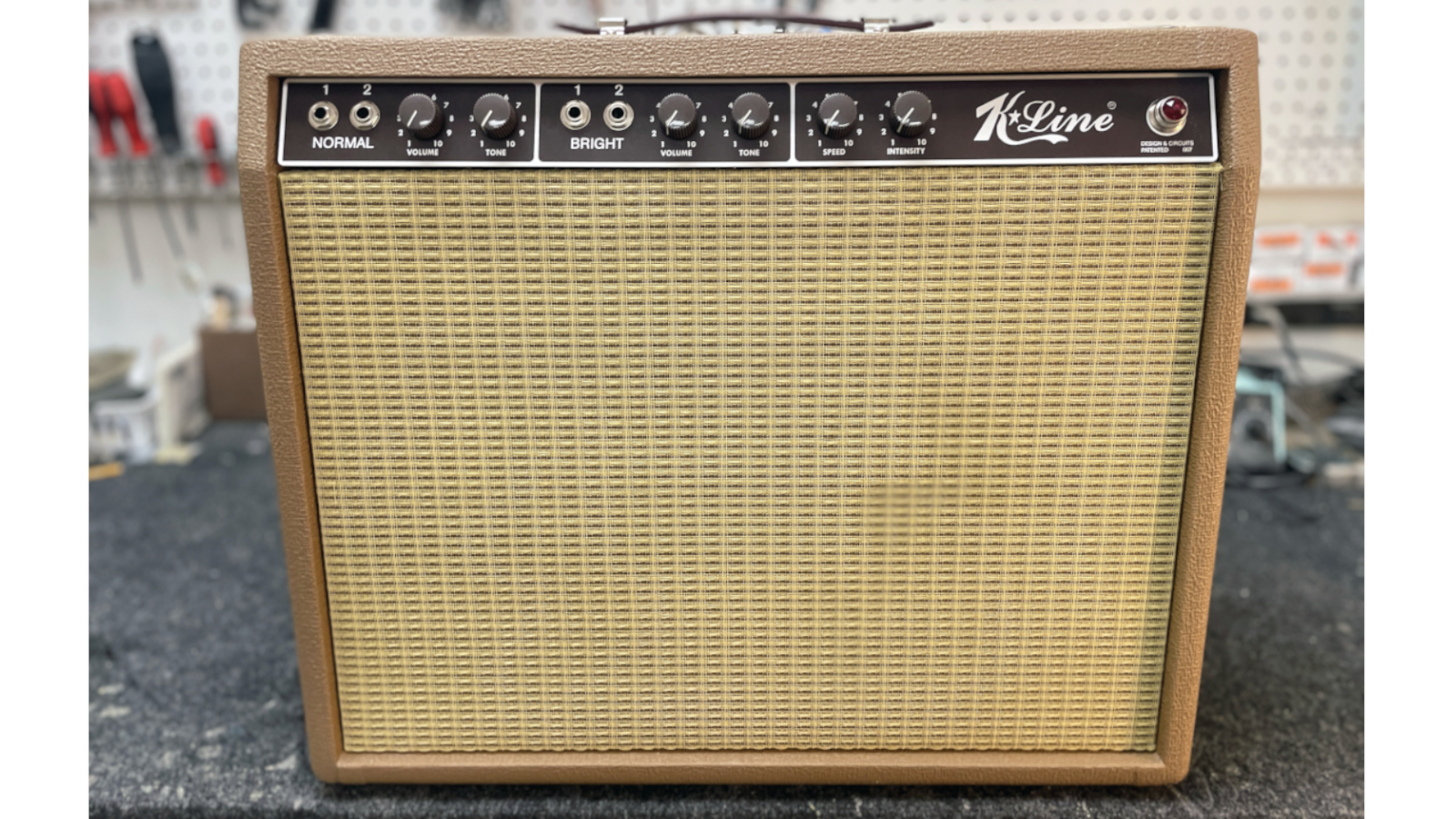
The vintage-reproduction format has long formed a significant part of the boutique guitar and amp market, and if you’ve already proved your mettle at one, why not take a shot at the other? Long respected for its outstanding ’50s- and ’60s-evoking bolt-neck guitars, K-Line has released a line of golden age-inspired amps, and they’re just as delectable as we would have hoped.
However good you may be at crafting vintage-inspired guitars, hand-wired amps patterned after the best of the original ’60s offerings are another kettle of capacitors. Chris Kroenlein, the man behind K-Line’s popular guitars, recognized this and brought in as his partner Dustin Sterling, the amplifiers’ sole designer and builder. Both have expressed a deep love for the small-to-medium-sized vintage combos, which the new K-Line amp range expresses via its debut trio of the Bevo, Manchester and Parkmoor Reverb.
I’m looking at the first two in this issue, while the third is an homage to the world’s favorite black-panel 12-watt 1x10 combo of the mid ’60s.
“The guitar is only half the instrument. The amp is the other,” Sterling tells us. “Small combos allow you to crank up the volume and get into what the amp’s circuit and tubes can do. A light touch of the strings gives shimmering cleans, while an aggressive sweep will make the amp growl and sustain.”
Regarding K-Line’s pitch for quality, Sterling tells us, “We use eighth-inch G10 turret-board construction and premium parts, like SoZo vintage-reproduction capacitors. We are after the vintage tone, with improved performance and a few minor changes to reverb and tremolo.” All amps are meticulously hand-wired and hand assembled, and rendered with a stylistic touch that stays true to the originals.
In relaying his own inspiration for expanding the guitar business, Kroenlein tells GP, “I have always had a big interest in the smaller-wattage amps, like the 12-watt reverb, the British 1974 model and the early ’60s brown amps. Buying the originals, though, is a very expensive venture, and often times they are too valuable to gig with. So we decided to build a better version of these popular amps for the touring musician or just the occasional jam. My favorite, and the first one we did, is the Bevo. It has enough power to gig with and plenty of breakup to soothe the beast inside.”
Bevo 1x12 Combo
Front to back, top to bottom, the Bevo is a dead-nuts take on the Fender 6G3 Deluxe of 1961-’62, which puts it in direct competition with a format that has boomed in the past decade or two. Regardless of the variations out there, the market has proved time and again there’s always room for another one done right, and early results indicate that’s exactly what the K-Line Bevo delivers.
All the latest guitar news, interviews, lessons, reviews, deals and more, direct to your inbox!
The amp has two channels, Normal and Bright, each with its own volume and tone controls, plus shared speed and intensity controls for the tube-powered, bias-modulated tremolo. All that front end runs on three 12AX7 preamp tubes, while two 6V6GT output tubes deliver 20 watts of power, and a 5Y3 tube rectifier does the AC/DC conversion that keeps it all cooking.
Around back, there’s a power switch, a ground-reverse switch, speaker and external-speaker jacks, and an RCA jack for the single-button tremolo foot switch, which is included.
Inside, SoZo’s reproductions of the original blue Mallory “Molded” signal capacitors populate the beautifully wired-up circuit board, alongside carbon-film resistors and a pair of quality Hammond transformers around the other side of the box.
The single 12-inch speaker is Weber’s re-creation of the vintage Jensen C12N. Where some makers have added their own desirable mods to the original design, K-Line sticks true to vintage, other than necessary updates for safety and electrical compliance, as well as the odd tweak to help it all function more reliably.
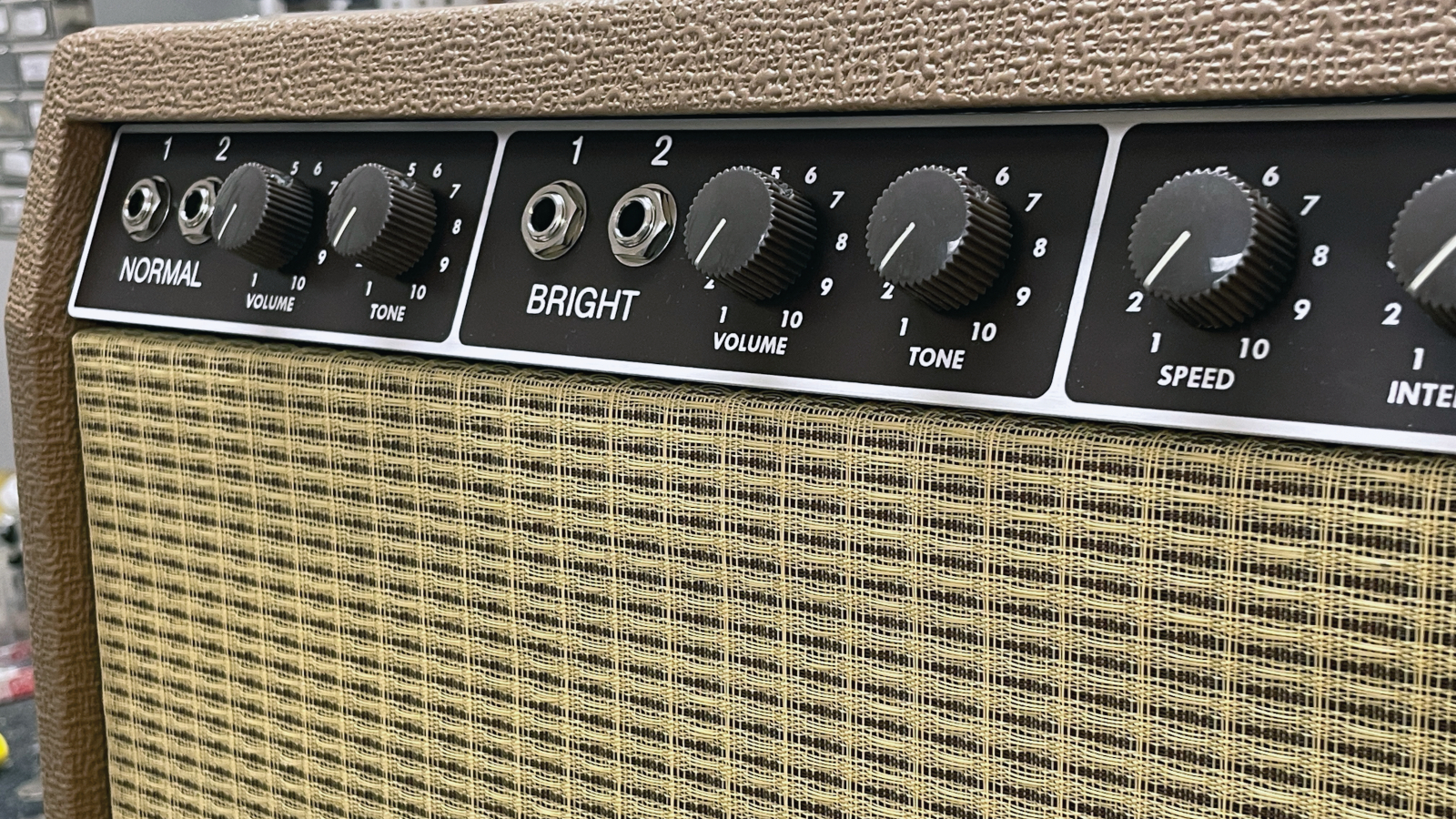
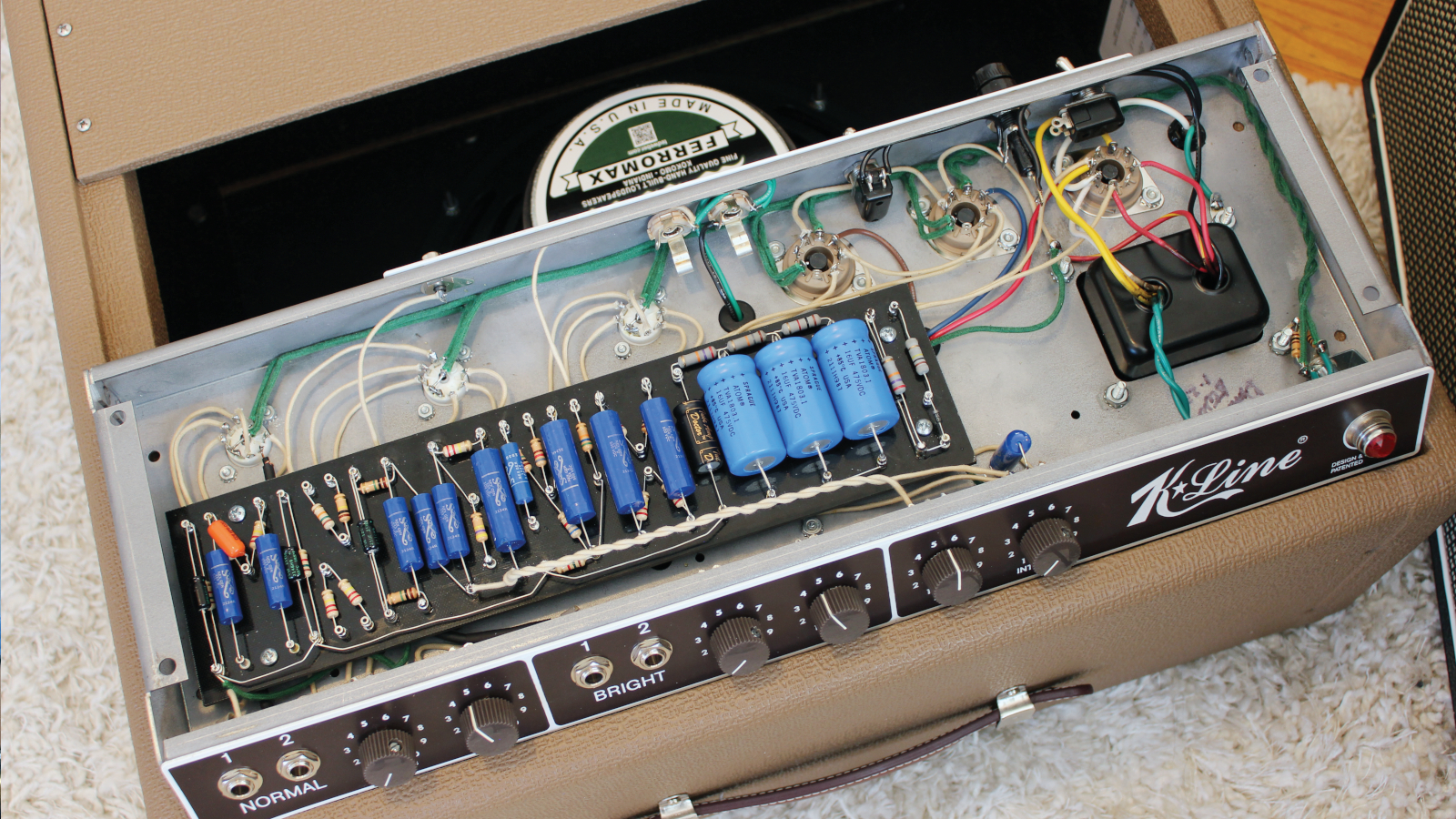
Tested with a Fender 1954 Telecaster reissue and a Gibson 1959 Les Paul reissue, the Bevo stays true to brown Deluxe sonic form, although it clearly tips to one that’s right off the assembly line, rather than an amp that’s been beaten and ragged out by 60 years of pummeling.
With the Telecaster, things stay pretty tight, firm and well-rounded up to a volume level I’ll simply refer to as “deafening,” where a throaty roar of distortion edges in when you hit it hard (about eight or above on the Bright channel’s volume knob, in this case). In clean and overdriven tones alike, the amp’s voice is full, round, warm and rich, with a gutsy midrange bark not heard in the black-panel circuits that followed in 1963 and after. It’s a sturdier, thicker breed of clean tone (one I particularly happen to dig) and makes a great pedal platform, too, segueing into raw yet articulate crunch and lead tones with a TS9 Tube Screamer or a Victory Duchess overdrive injected.
Swapping for the Les Paul, the Bevo hits its breakup a couple clicks earlier on the volume knob, but still inhales the thicker-sounding guitar’s inherent voice without muss or fuss, delivering the full breadth of the matchup with ease.
The tremolo is superb and about as richly hypnotic as this effect gets. And make no mistake, this little 1x12 combo is loud. Can it hang with a drummer? How many have you got?
Manchester 1x12 Combo
Sticking to the 1x12 club-combo format, the K-Line Manchester takes us across the pond to a vintage classic that delivered basic features nearly identical to those of the brown 6G3 of the early ’60s, yet with a British twist, resulting in an amp with a surprisingly different character. Transpose the Bevo’s build and general technical veracity to the mid-’60s Marshall 18-watt template and this is the result: a beautifully hand-built take on the dual-EL84-driven rock and roller that often surpasses its bigger Plexi siblings on the used market for value and desirability.
Two channels, Normal and Bright, each carry volume and tone controls, with the tremolo’s intensity and speed controls applied only to the latter. Another meticulously hand-wired circuit board graces the chassis, this one populated with SoZo’s yellow reproductions of the fabled Mullard “mustard caps” of old.
The speaker is Weber’s ceramic-magnet version of the Celestion Blue, again up to a 50-watt rating to handle the punishment. In addition to the dual EL84s, the Manchester carries three 12AX7s for preamp, tremolo and phase inverter, and an EZ81 tube rectifier. The livery, once again, is spot-on, and there’s something both understatedly businesslike and utterly lust-worthy about this black-covered combo cab with gold Plexi panel, silver piping and salt-and-pepper grille cloth.
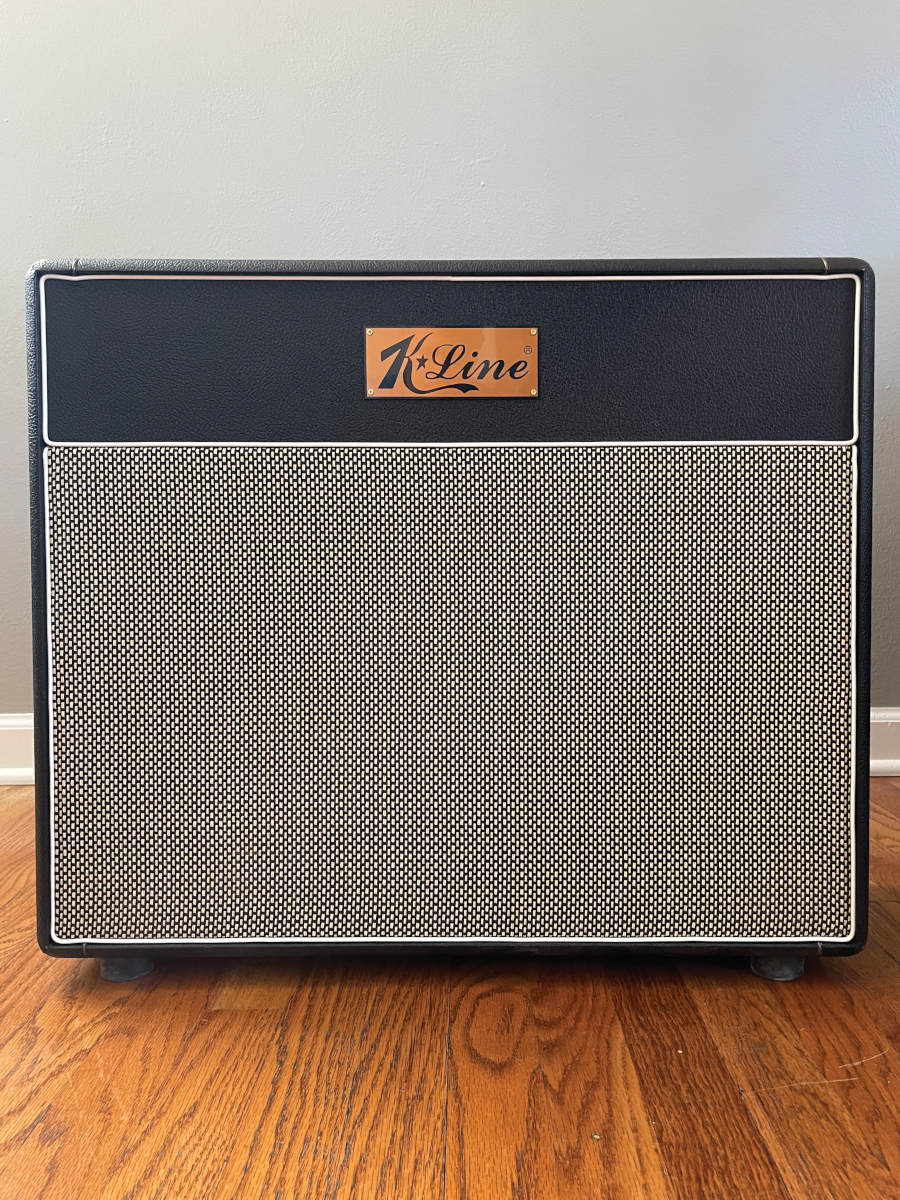
Tested with the Telecaster and Les Paul and a selection of pedals, the Manchester provided a quick trip to Brit-textured tonal glories that also proved rather timeless and impressively versatile. That, and it completed a fascinating lesson in how different two otherwise similar-on-paper 1x12, 20-ish-watt combos can be.
The Manchester instantly screams British chime with the Telecaster, eliciting warm yet sparkling shimmer from the Normal channel, and harmonically saturated bite and jangly-edged sting from the vibrato channel, which has both more gain and a brighter voicing. As is often noted with this circuit, the Manchester epitomizes the Vox-meets-Marshall characteristics of the original 18-watters of the mid ’60s, delivering some of the best and most natural EL84-derived tones you’ll find.
Telecasters have long been a great match for this circuit, yet point the Les Paul at it and it all segues into yet another seminal sonic realm, pegging the “junior Plexi” sound that the originals have long been sought for.
Things will indeed get hairy with channel two’s volume maxed and the Les Paul injected, yet this is its own breed of wild, raucous fun – juicy and inspiring stuff when it’s time to track your next classic rock or British blues solo. With the volume dialed back a few notches, the clarity and dynamics amid the output-stage overdrive are even more broadly usable and impressive, and make it difficult to put the guitar down.
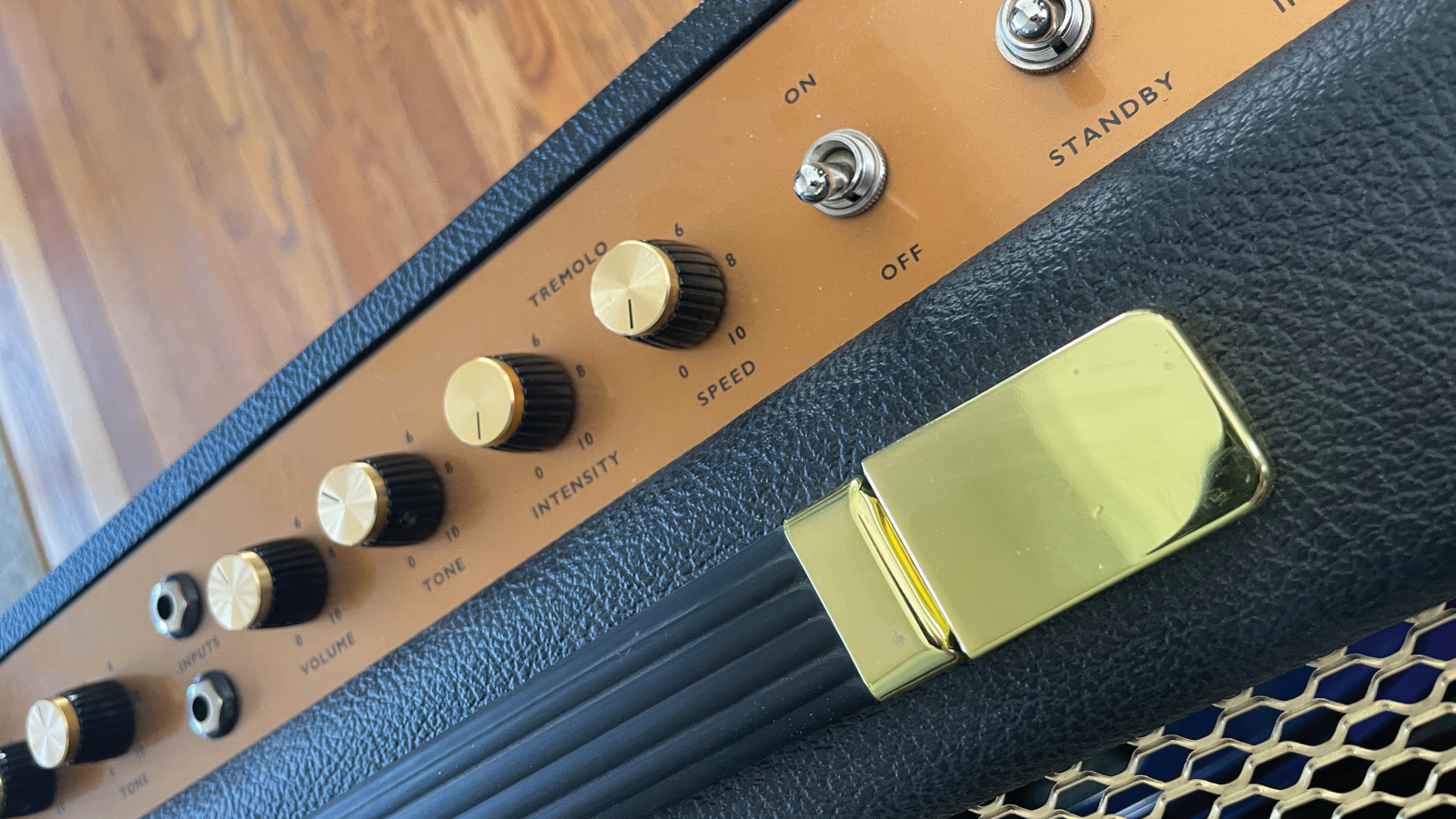
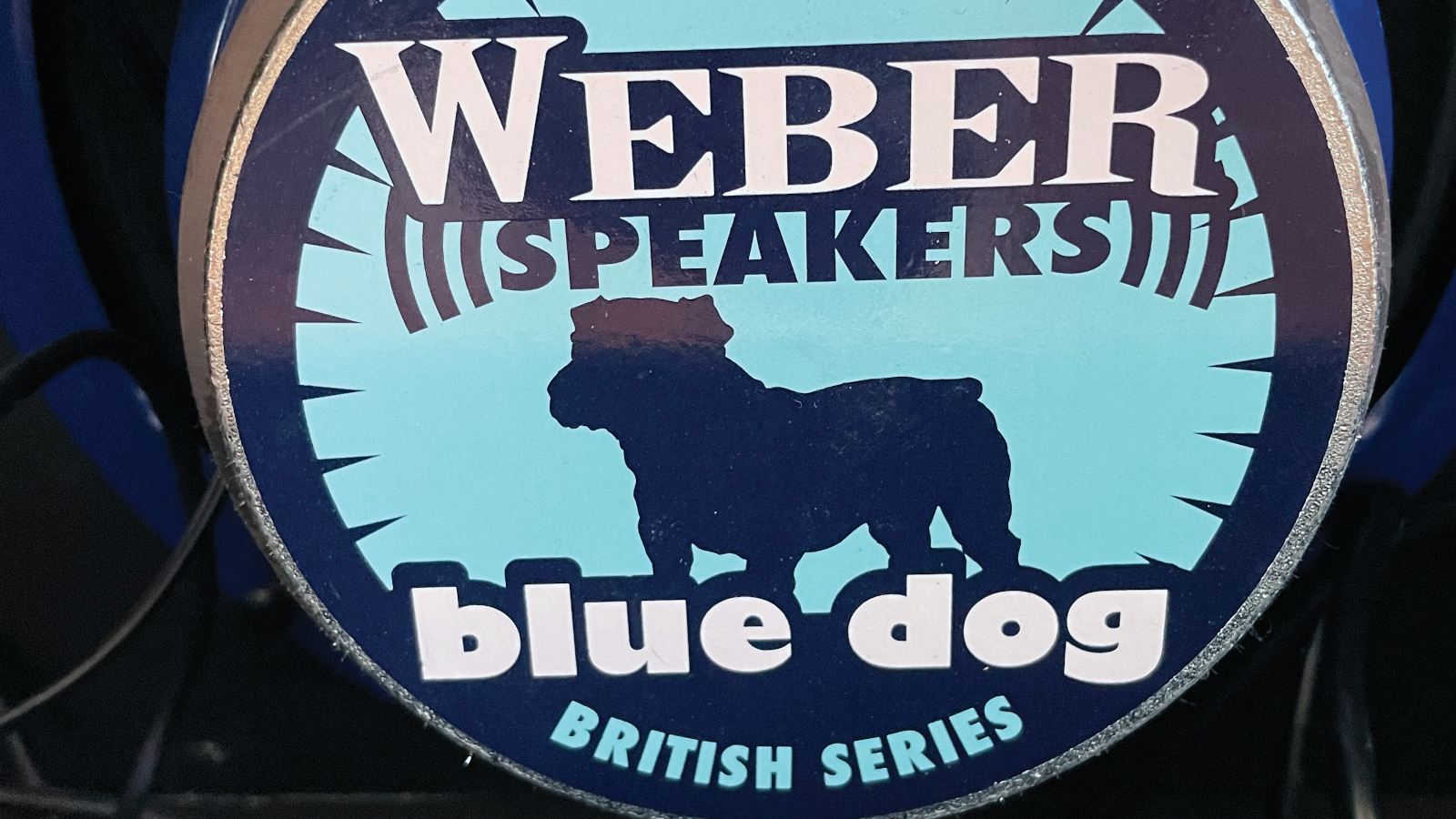
Between them, the K-Line Bevo and Manchester are superb takes on a pair of classics, and together might even be all the amp a vintage-inclined player might ever need. Neither is a master-volume circuit, and you still have to crank them up to way-beyond-bedroom volume levels to achieve distortion from the amps themselves.
Each interacted beautifully with a wide range of overdrive pedals I tried (a TS9 Tube Screamer, a Victory Duchess and a Wampler Tumnus Deluxe), but you might want to consider an output attenuator if natural-guitar-into-amp overdrive is your jam, and you need it at anything less than neighbor-rattling volume levels.
All in all, though, either offers a trenchant take on classic club-sized combos of yore, and both will likely win over many happy players.
Visit K-Line for more information.
Dave Hunter is a writer and consulting editor for Guitar Player magazine. His prolific output as author includes Fender 75 Years, The Guitar Amp Handbook, The British Amp Invasion, Ultimate Star Guitars, Guitar Effects Pedals, The Guitar Pickup Handbook, The Fender Telecaster and several other titles. Hunter is a former editor of The Guitar Magazine (UK), and a contributor to Vintage Guitar, Premier Guitar, The Connoisseur and other publications. A contributing essayist to the United States Library of Congress National Recording Preservation Board’s Permanent Archive, he lives in Kittery, ME, with his wife and their two children and fronts the bands A Different Engine and The Stereo Field.

